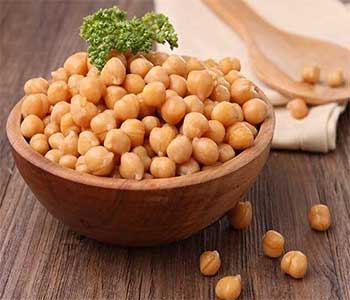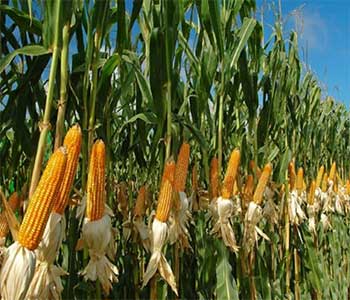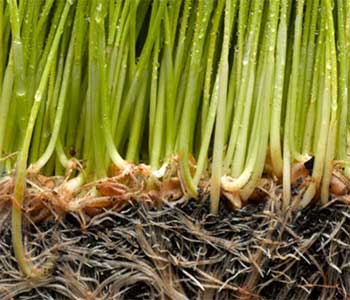Effect of application of humic acid in irrigation water on yield and yield components of maize
Ecological agriculture pays attention to the use of organic matter and organic acids are one of the important sources of organic matter. In order to investigate the application of humic acid in irrigation water on yield and yield components of corn (single cross cultivar 704), an experiment was conducted in the research farm of the Faculty of Agriculture, Ferdowsi University of Mashhad, in 2009 in a randomized complete block design with three replications. Experimental treatments included different levels of humic acid (0, 500, 1500, 2500, 3500 and 4500 g / ha). The results showed that humic acid had a significant effect on leaf area index, leaf area durability, grain yield, biological yield, number of seeds per row and ear length, but its effect on harvest index, 1000-seed weight and number of rows was not significant. Treatments of 3500 and 4500 g / ha of humic acid, due to higher index and leaf area durability, had higher grain yield. The lowest grain yield was obtained in the control treatment. Also, the highest and lowest biological yields were obtained in treatments of 4500 g / ha and control, respectively. Increased grain yield was related to the increase in number of seeds per row and ear length. The highest number of seeds per row and also cob length were obtained in 3500 g / ha treatment and the lowest in control treatment. In general, it can be said that the use of humic acid due to various physiological effects, in addition to increasing the yield of corn, can play a positive role in reducing the use of chemical fertilizers and also reduce environmental pollution and as a substance with a natural source in To be used to stabilize and increase crop production.
Journal of Agricultural Ecology Volume 2 Number 1





